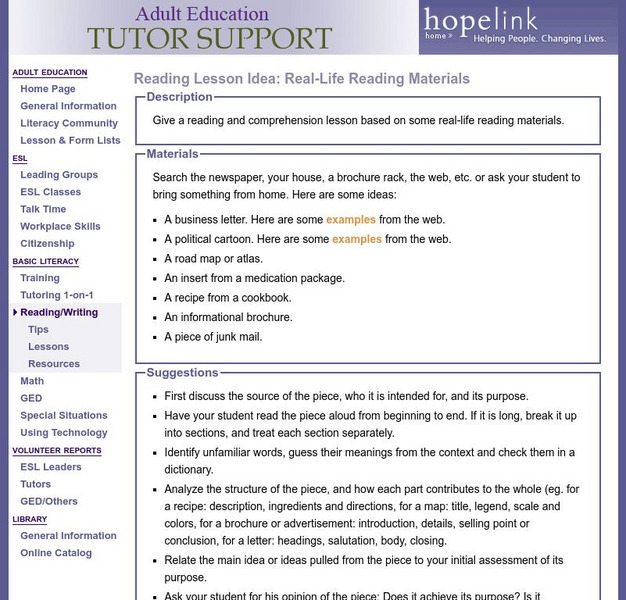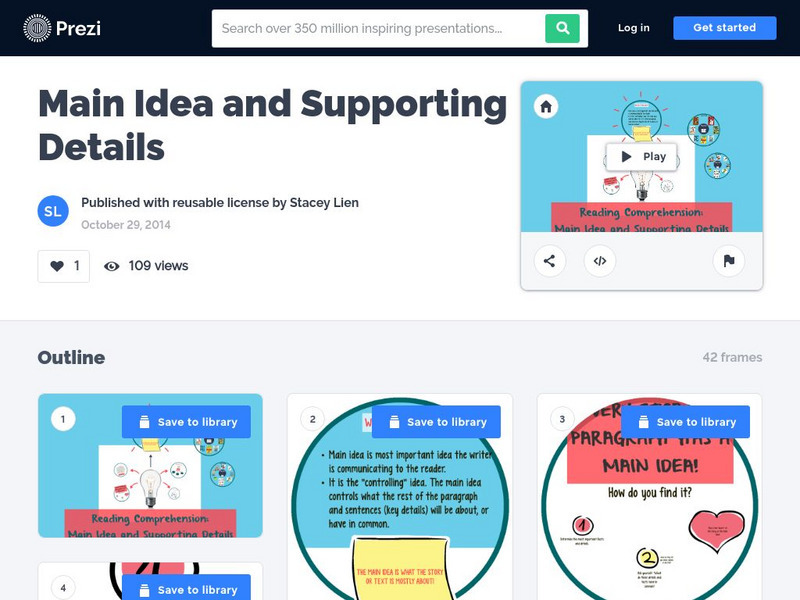ReadWriteThink
Read Write Think: Developing a Living Definition of Reading in the Elementary
Using the guiding question, "What is reading?" students interact with a variety of texts as they uncover the skills necessary to interact with texts and develop a definition of reading.
ReadWriteThink
Read Write Think: Flying to Freedom: Tar Beach & the People Could Fly
Comparing and contrasting works and looking for underlying themes and messages are at the heart of this multicultural lesson plan. Provides links to several background resources, and suggestions for assessment.
ReadWriteThink
Read Write Think: It Doesn't Have to End That Way
Literary response and prediction are the focus of this lesson plan. Knowing story structure is an important skill for literary analysis, and this gives teachers a way to help learners develop this skill. Includes links to web resources,...
ReadWriteThink
Read Write Think: Literature in Nonfiction Inquiry
This lesson plan involves students working in groups after reading a work of literature to develop text sets. Included in the lesson plan is an overview, practice, objectives, resources, preparation, and more.
ReadWriteThink
Read Write Think: Using Picture Books to Teach Characterization
Contains plans for two or three lessons that ask students to examine characterization in picture books to use as models for their own writing. In addition to objectives and standards, this instructional plan contains links to sites used...
ReadWriteThink
Read Write Think: Using Narrative for Expository Text
Lesson in which students read various narrative texts which provide a context for them to learn content-area topics. Narratives allow the students to begin to understand expository texts.
ReadWriteThink
Read Write Think: Guided Comprehension: Previewing
This lesson introduces students to the comprehension technique of previewing. Students use anticipation guides to preview and predict stories and work in small groups.
ReadWriteThink
Read Write Think: Guided Comprehension: Making Connections
Lesson introduces young scholars to the strategy of making connections. Students learn the three types of connections using a double-entry journal. A good resource for teachers.
ReadWriteThink
Read Write Think: Exploring How Section Headings Support Understanding
Teaching students to pay attention to headings and titles as they read? Here you'll find a practical application for using an expository text to apply the concept of using headings. Geared toward older elementary students, but lesson...
ReadWriteThink
Read Write Think: Guided Comprehension: Semantic Analysis
Lesson introduces learners to comprehension of knowing how words work. Students learn semantic feature analysis and examine folktales, myths, and fables using this analysis to better understand these terms and texts.
ReadWriteThink
Read Write Think: Writing Abc Books to Enhance Reading Comprehension
Contains plans for four lessons that are adaptable to many texts that young scholars may be reading. Students analyze the text for literary elements such as characters, setting, figures of speech, and themes, and then publish their...
Austin Independent School District
Austin Independent School District: A Taxonomy of Literary Genre [Pdf]
A series of graphic organizers shows the progression of learning about literary genre, beginning in kindergarten and building through to fifth grade.
Curated OER
Mc Graw Hill: Part 2 Reading: Informational Text: Compare Text Structures
Compare the text structures in two nonfiction passages in this tutorial.
ReadWriteThink
Read Write Think: Depend on the Text! How to Create Text Dependent Questions
This strategy guide focuses on writing text-dependent questions which require the student to reread the text to support their answers. It offers a list of what to do to create these questions that progress from establishing general...
ReadWriteThink
Read Write Think: Guided Comprehension: Self Questioning
Online lesson introduces students to the concept of self-questioning, assisting them in an understanding of question-answer relationships that should improve their reading comprehension skills. In-depth study will lead to improved...
Curated OER
Mc Graw Hill: Part 2 Reading: Comparison and Contrast Text Structure
A reference article showing reading strategies to understand text structure of comparison and contrast.
Curated OER
Mc Graw Hill: Part 2 Reading: Informational Text: How Reasons Support Key Points
Get an example of how to identify an author's main idea in a text on this site. Also, learn how to recognize supporting ideas to main ideas presented in a text. CCSS.ELA-Literacy.CCRA.R.2
Hopelink
Hopelink: Reading Lesson Idea: Real Life Reading Materials
The purpose of this reading instructional activity is to offer a reading and comprehension instructional activity based on real-life reading materials. This gives students the opportunity to gain reading comprehension skills from...
E Reading Worksheets
E Reading Worksheets: Point of View Worksheets
The learning module provides numerous drills via worksheet and video lesson links that cover different grade bands and text levels. Each exercise includes excerpts from famous works of literature and famous authors.
US Department of Education
U.s. Dept. Of Education: Teaching Approaches: Text Comprehension Instruction
What is text comprehension? How does comprehension improve our reading ability? Check out this site to learn more about reading comprehension instruction. There are some wonderful suggestions for teachers to implement in their classrooms.
Other
Prezi: Finding the Central Message
The central message of a fictional story is often hidden between the lines. Learn how to find it in the characters and events in the story.
Other
Prezi: Main Idea and Supporting Details
Slideshow investigates how to find the main idea and key details of a story.
Tom Richey
Slide Share: Discovering an Author's Point of View
A slide show with twenty-eight slides with information on how to determine an author's purpose to entertain, to inform, or to persuade his/her audience.
Tom Richey
Slide Share: Why Do Writers Write?
A slide show with nine slides explaining the author's purpose to persuade, inform, or entertain.


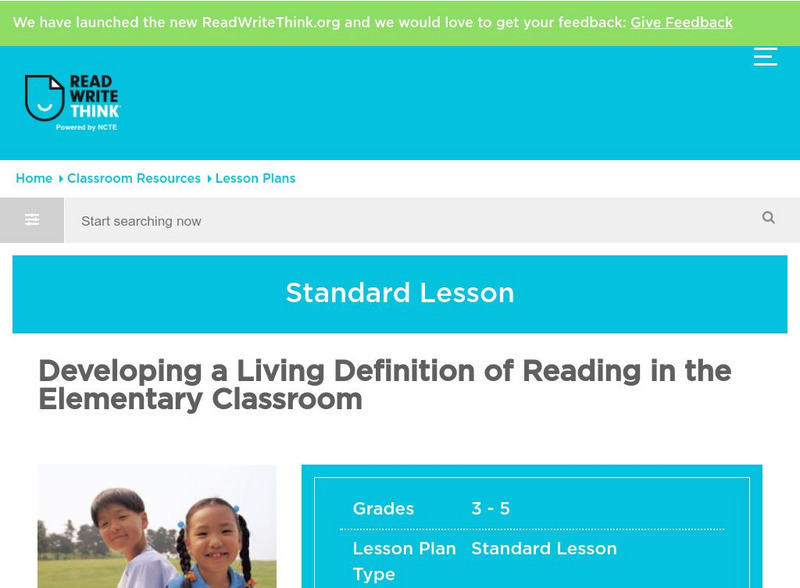


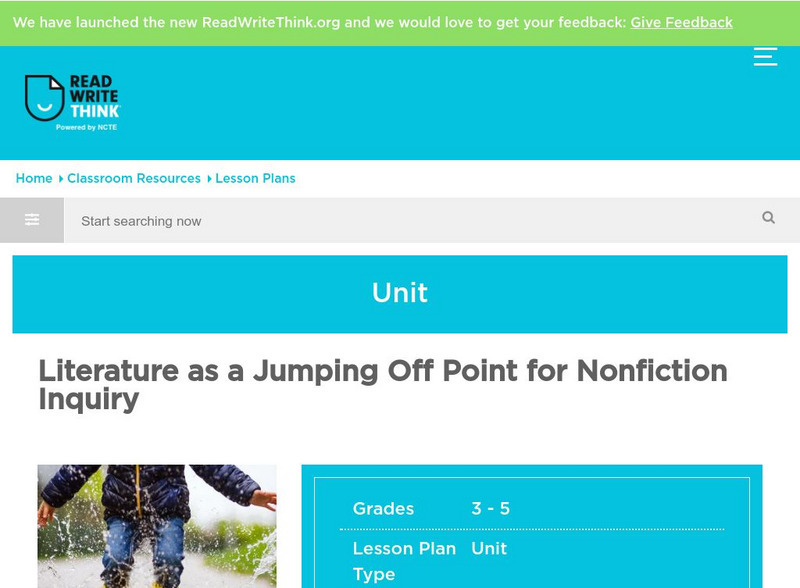


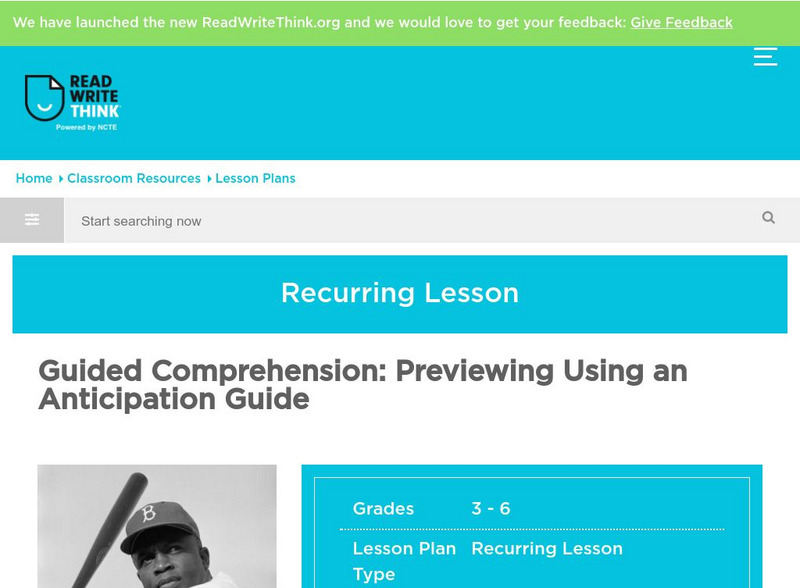


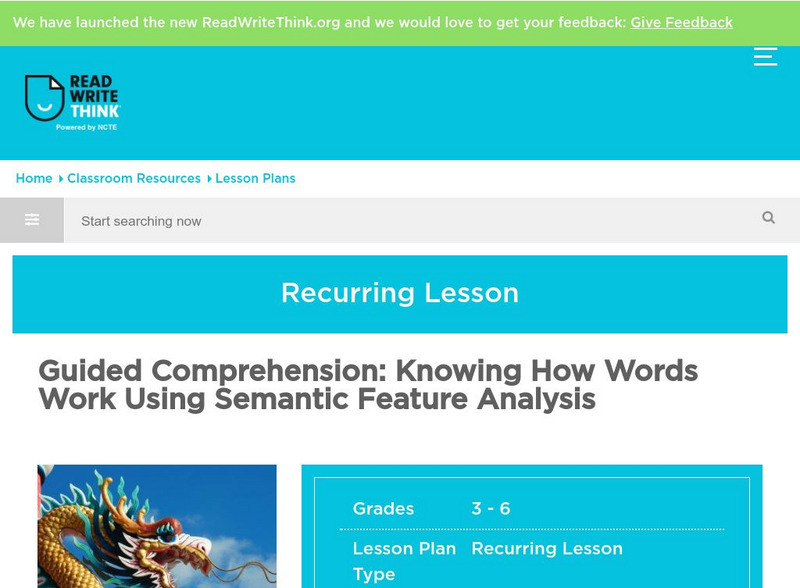

![Austin Independent School District: A Taxonomy of Literary Genre [Pdf] Graphic Austin Independent School District: A Taxonomy of Literary Genre [Pdf] Graphic](https://d15y2dacu3jp90.cloudfront.net/images/attachment_defaults/resource/large/FPO-knovation.png)



